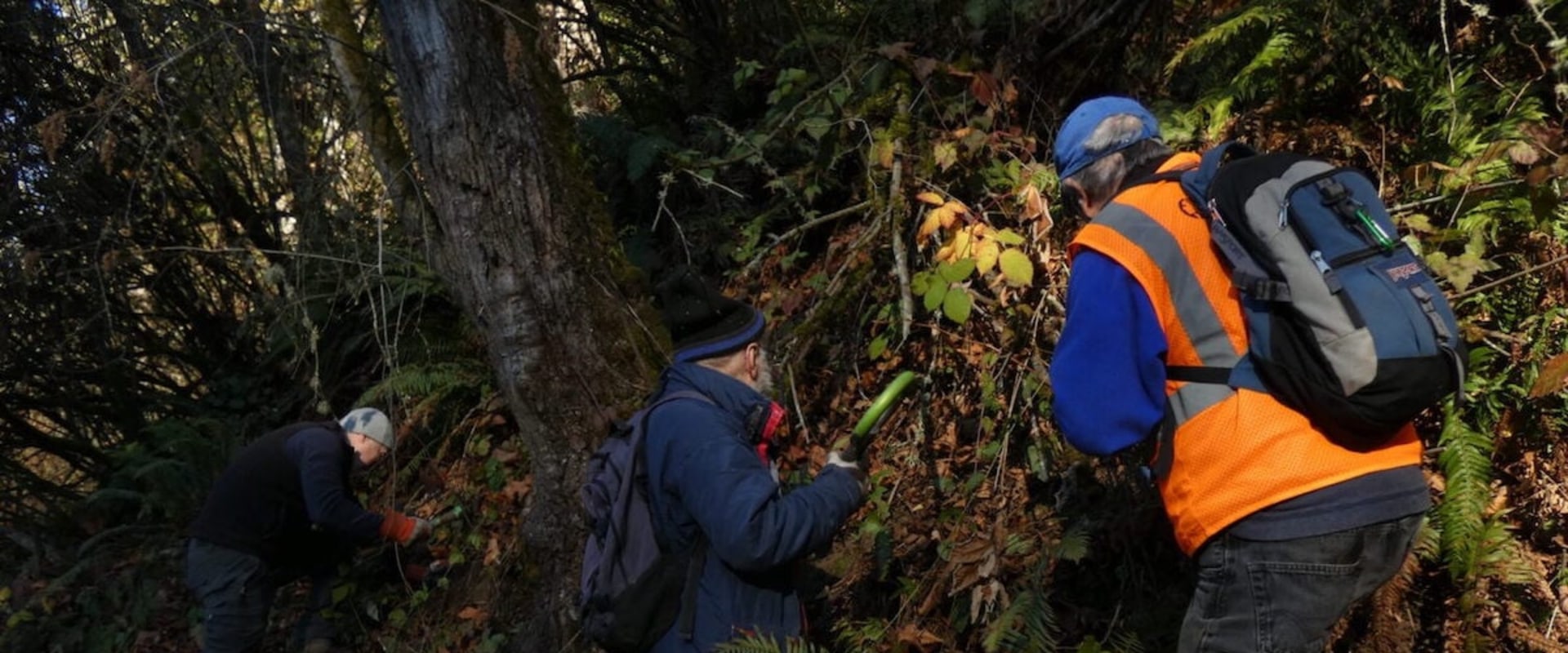This forest is the largest forest among California's exclusive forests, with a size of 3452 square miles. Formed in 1905, this massive forest has 6,278 miles of streams and elevations up to 14,179 feet. Trails total 460 miles. Yosemite's Mariposa Grove of Giant Sequoias is the largest redwood grove in the national park and contains about 500 mature trees.
You can see some of them from the street and the parking area, but it's more fun to go out and walk between them. Most visitors choose a 0.8 mile hike from the parking lot to Grizzly Giant and California Tunnel Trees, which has approximately 500 feet of elevation gain. Despite its proximity to L, A. More than 50 trails adapt to hikers of all levels.
Birds and butterflies will accompany you along the many paths full of wild flowers. Watch for lynxes, bears and mountain lions. Bald eagles are also frequent residents of this intact forest. The Plumas National Forest in Northern California has spectacular landscapes and a pleasant climate.
Rocky canyons, mountain meadows, alpine lakes and crystal clear streams make it one of California's most beautiful forests. From subtle slopes to steep canyon trails, Plumas National Forest has it all. The Frazier Falls and Feather Falls circular trails are a must. Behold the rugged beauty of the Feather River flowing through the forest.
The San Bernardino National Forest is, without a doubt, one of the most beautiful forests in California. With a much warmer climate, it's home to opposing ecosystems in the region, from concentrations of desert palm trees to snowy mountains, you'll experience it all. Gastronomic tourism has become a new way of traveling. Try it for yourself by adding these California food tours to your next itinerary.
Head to Plumas year-round to see its beautiful lakes, deep canyons, valleys, meadows and peaks, and 196 square miles of ancient forest. It launches a total of 1,500 miles of permanent streams (which supply about nine percent of California's total runoff), and it makes sense that this forest is named after its humid rivers called the Smith, Klamath, Trinity, Mad, Van Duzen and Eel Rivers. A StoryMap Explaining How Natural Spur Predators Help Forest Fight Leafy Spur, a Harmful Weed. As the economic value of forests as a source of wood products declines due to high costs, low incomes and the loss of infrastructure of wood products, it becomes more difficult for forest property owners to maintain economic sustainability.
The condition of forest roads that remain open during winter and early spring can change dramatically without warning; wind, snow and rain events can have substantial effects on road and trail conditions, causing hazards and obstructions to travel. Experienced hikers will appreciate the eight-mile round trip hike through shady forests on the way to the top of 9,399 foot Mount Baden-Powell. From towering snowy peaks to open sage steppes, the forest is known for its numerous recreational opportunities. The famous log tunnel, a fallen sequoia tree that cars can pass through, is also located in Giant Forest on Crescent Meadow Road.
Located in the eastern region of the Sierra Nevada, the Inyo National Forest is approximately 2973 square miles in size. Much of the forest is remote and pathless, with excellent opportunities for primitive country recreation, such as car camping, backpacking, hiking, biking, and fishing. Any of them will give you an idea of the magnificent trees and forests in which they grow, but the redwood forests listed below are some of the best places to see them not just in California, but around the world. Often overshadowed by the region's best-known national parks, such as Yosemite, Joshua Tree or Death Valley, national forests are just as impressive, usually without the same level of problems or crowds.
The trees of the petrified forest no longer rise to the sky, but they are impressive in their own right. The name of this National Forest is unique, as it was chosen to reflect the uniqueness and value of the ecosystem found within Lake Tahoe. . .
